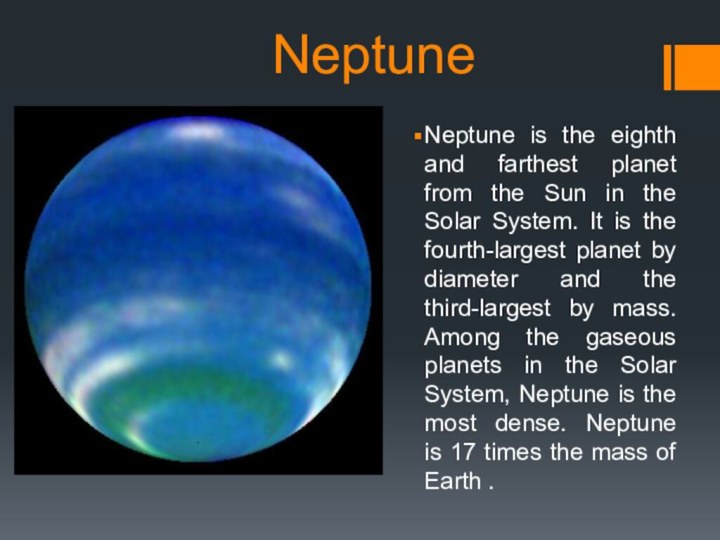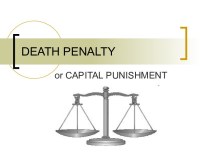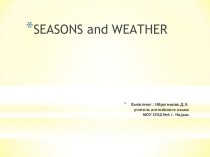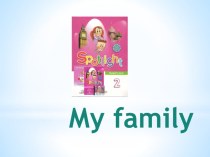- Главная
- Разное
- Бизнес и предпринимательство
- Образование
- Развлечения
- Государство
- Спорт
- Графика
- Культурология
- Еда и кулинария
- Лингвистика
- Религиоведение
- Черчение
- Физкультура
- ИЗО
- Психология
- Социология
- Английский язык
- Астрономия
- Алгебра
- Биология
- География
- Геометрия
- Детские презентации
- Информатика
- История
- Литература
- Маркетинг
- Математика
- Медицина
- Менеджмент
- Музыка
- МХК
- Немецкий язык
- ОБЖ
- Обществознание
- Окружающий мир
- Педагогика
- Русский язык
- Технология
- Физика
- Философия
- Химия
- Шаблоны, картинки для презентаций
- Экология
- Экономика
- Юриспруденция
Что такое findslide.org?
FindSlide.org - это сайт презентаций, докладов, шаблонов в формате PowerPoint.
Обратная связь
Email: Нажмите что бы посмотреть
Презентация на тему по английскому языку The Planets of the Solar System
Содержание
- 4. Mercury is the closest planet to the
- 5. Venus is the hottest planet: the
- 6. The Earth is our home. It
- 7. MarsMars is the fourth planet from the
- 8. Jupiter is the largest planet in the Solar System: its diameter is 142,000 kilometres.
- 9. SaturnSaturn is the sixth planet from
- 12. Pluto is the smallest and the coldest
- 13. The
- 14. If the moon goes between the Earth
- 15. If the Earth goes between the moon
- 16. A Quiz for Young Astronomers:1) Which is
- 17. Скачать презентацию
- 18. Похожие презентации
Mercury is the closest planet to the Sun. Mercury is the smallest and closest to the Sun of the eight planets in the Solar System, with an orbital period of about 88 Earth days. Seen from

















Слайд 5 Venus is the hottest planet: the temperature
on it is 472 degrees Centigrade. It is the
brightest object in the sky except the Sun.Слайд 6 The Earth is our home. It is
the fifth largest in the Solar System. It’s the
third planet from the Sun. The Earth looks blue from space because 70% of it is covered with water.
Слайд 7
Mars
Mars is the fourth planet from the Sun
and the second smallest planet in the Solar System,
after Mercury. Named after the Roman god of war, it is often described as the "Red Planet" because the iron oxide prevalent on its surface gives it a reddish appearance.
Слайд 9
Saturn
Saturn is the sixth planet from the
Sun and the second largest planet in the Solar
System, after Jupiter. Named after the Roman god of agriculture, its astronomical symbol (♄) represents the god's sickle. Saturn is a gas giant with an average radius about nine times that of Earth.Слайд 10
Uranus
Uranus is the seventh planet from the Sun. It
has the third-largest planetary radius and fourth-largest planetary mass in the Solar System. Uranus is similar in composition to Neptune, and both are of different chemical composition to the larger gas giants Jupiter and Saturn.Слайд 11
Neptune
Neptune is the eighth and farthest planet from the
Sun in the Solar System. It is the fourth-largest planet by diameter and the third-largest by mass. Among the gaseous planets in the Solar System, Neptune is the most dense. Neptune is 17 times the mass of Earth .Слайд 12 Pluto is the smallest and the coldest of
all 9 planets. The temperature is -230 degrees Centigrade.
There is no water and air on it.
Слайд 13
The Moon
Our
nearest neighbour is the Moon. In the sky the
moon and the sun have the same size because the moon is much nearer.The Moon is very different from the Earth. Gravity on the moon is 6 times weaker than on the Earth. There isn’t any air. During the day it is very –very hot, but at night it is very –very cold. Nothing can live on the moon.
Слайд 14 If the moon goes between the Earth and
the sun, we have an eclipse of the sun.
The moon stops the light from the sun and we have night in the day.Слайд 15 If the Earth goes between the moon and
the sun, we have an eclipse of the moon.
The moon goes into the shadow and it disappears for a few minutes.
Слайд 16
A Quiz for Young Astronomers:
1) Which is the
biggest planet in the solar system?
a) Jupiter
b) Mars c) Venus2) Which is the smallest planet in the solar system?
a) Pluto b) Neptune c) Uranus
3) Which planet is nearer to the sun?
a) the Earth b) Mars c) Venus
4) Which is smaller?
a) the Sun b) Jupiter
5) Which is the fastest planet?
a) Mercury b) Mars c) Saturn
6) Which is the nearest planet to the sun?
a) Neptune b) Jupiter c) Mercury
7) Which is nearest to the Earth?
a) the Moon b) Venus c) Mars





























